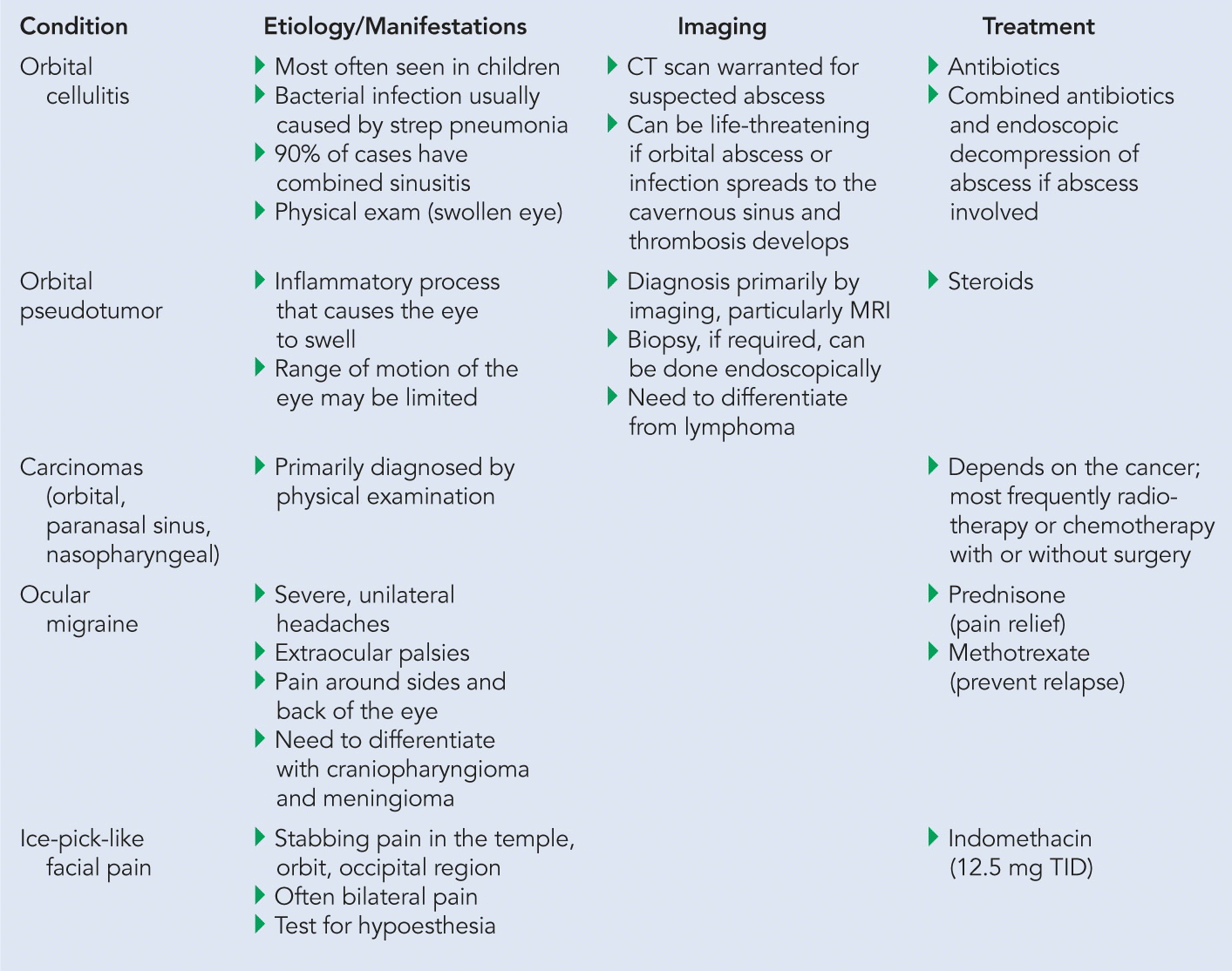When a person walks into an otolaryngologist’s office with pain in the head and neck area, the challenge to correctly identify the cause and treat appropriately is a large one and one that otolaryngologists face daily.
Explore This Issue
December 2009To help educate otolaryngologists on the different syndromes that can cause head and neck pain, a miniseminar on this topic, sponsored by the Academy of Otolaryngology-Head and Neck Surgery (AAO-HNS) Skull Base Committee, was held at the recent AAO-HNS annual meeting. According to moderator John P. Leonetti, MD, of the Department of Otolaryngology-Head and Neck Surgery at the Loyola University Center for Cranial Base Surgery in Maywood, IL, the need for such a seminar was proven by its high attendance.
Judging by how many people attended the seminar, he said, I think there may be a big void in our specialty on how to work up these various syndromes.
To fill this void, the panel of experts presented information on some of the most common pain syndromes otolaryngologists see, including orbital pain, vestibular migraines, and oropharyngeal pain.
Orbital Pain
Many conditions can cause orbital pain-both primary causes such as orbital cellulitis and secondary ones such as chronic sinusitis or allergic rhinitis. Making the differential diagnosis is basically a diagnosis of exclusion, said Lee A. Zimmer, MD, of the Department of Otolaryngology-Head and Neck Surgery at University of Cincinnati Medical Center.
Whenever you have a patient coming in with orbital pain, the first thing you want to do is a complete head and neck physical examination including a nasal endoscopy, he said, also emphasizing the need to see if a prior evaluation by an ophthalmologist or neurologist has been done.
Among the things to look for in the physical examination are any skin lesions around the eyes, which may indicate skin cancers around the eye that are affecting deeper tissues; any signs of chronic or acute sinusitis observed in the nasal cavity; and any signs of tumors or masses inside the nose that may be invading into or compressing the eye.
If the physical examination is normal, imaging is the next step to rule out (or in) other causes that may lead to orbital pain, such as intracranial tumors and meningiomas in particular.
If imaging doesn’t show anything, then he said to think about inflammatory processes, such as migraine pain syndromes or trigeminal neuralgia.

Leave a Reply